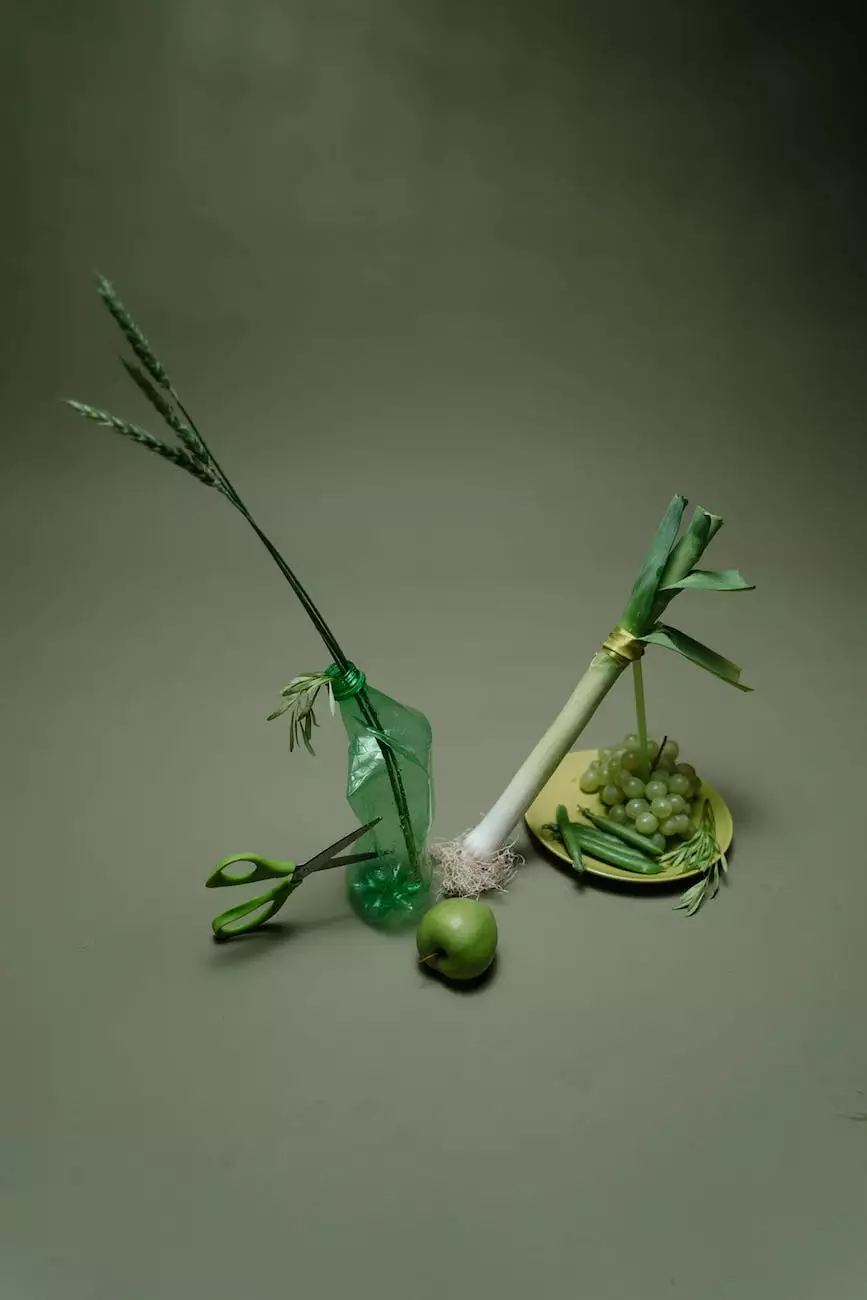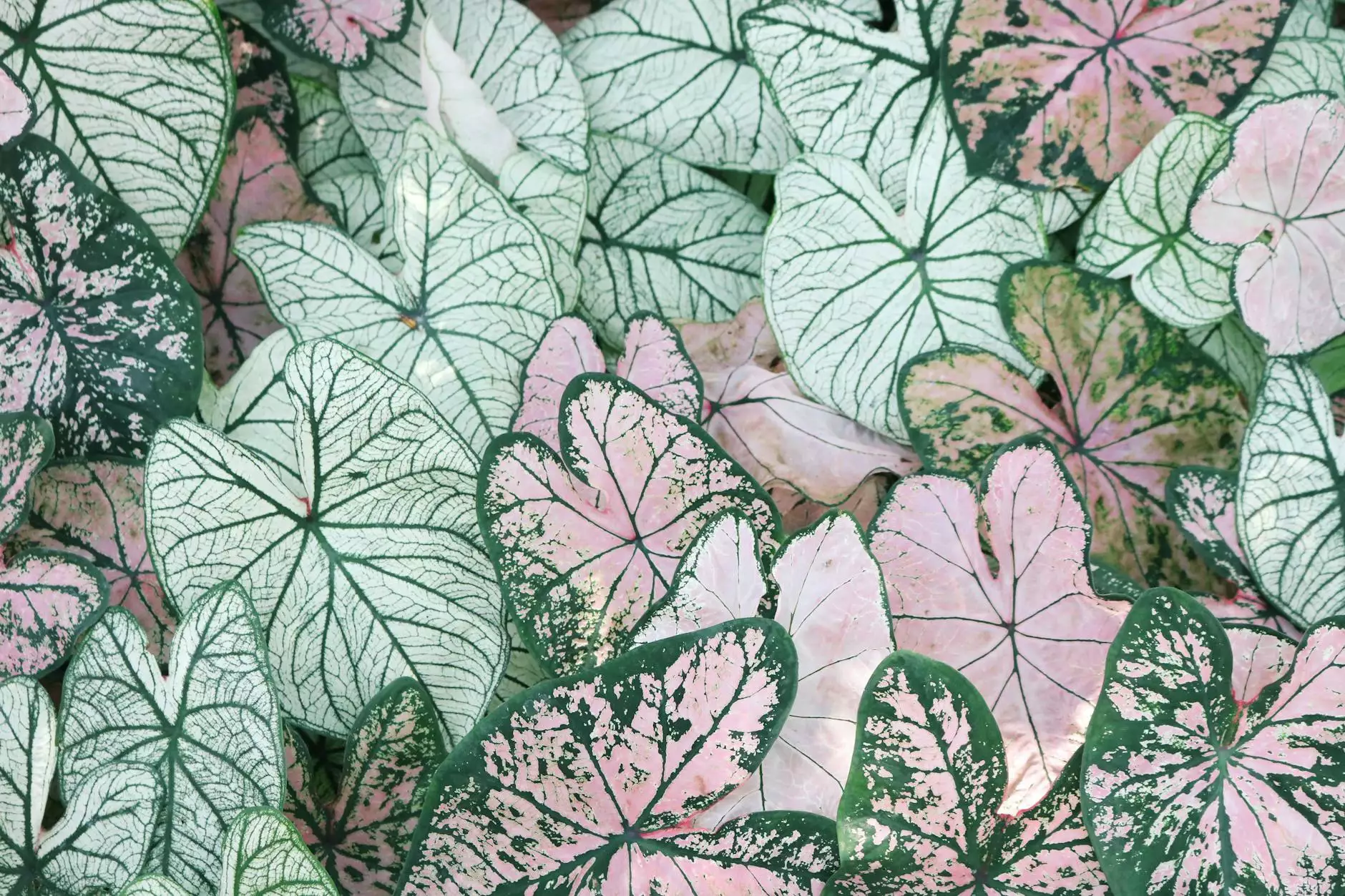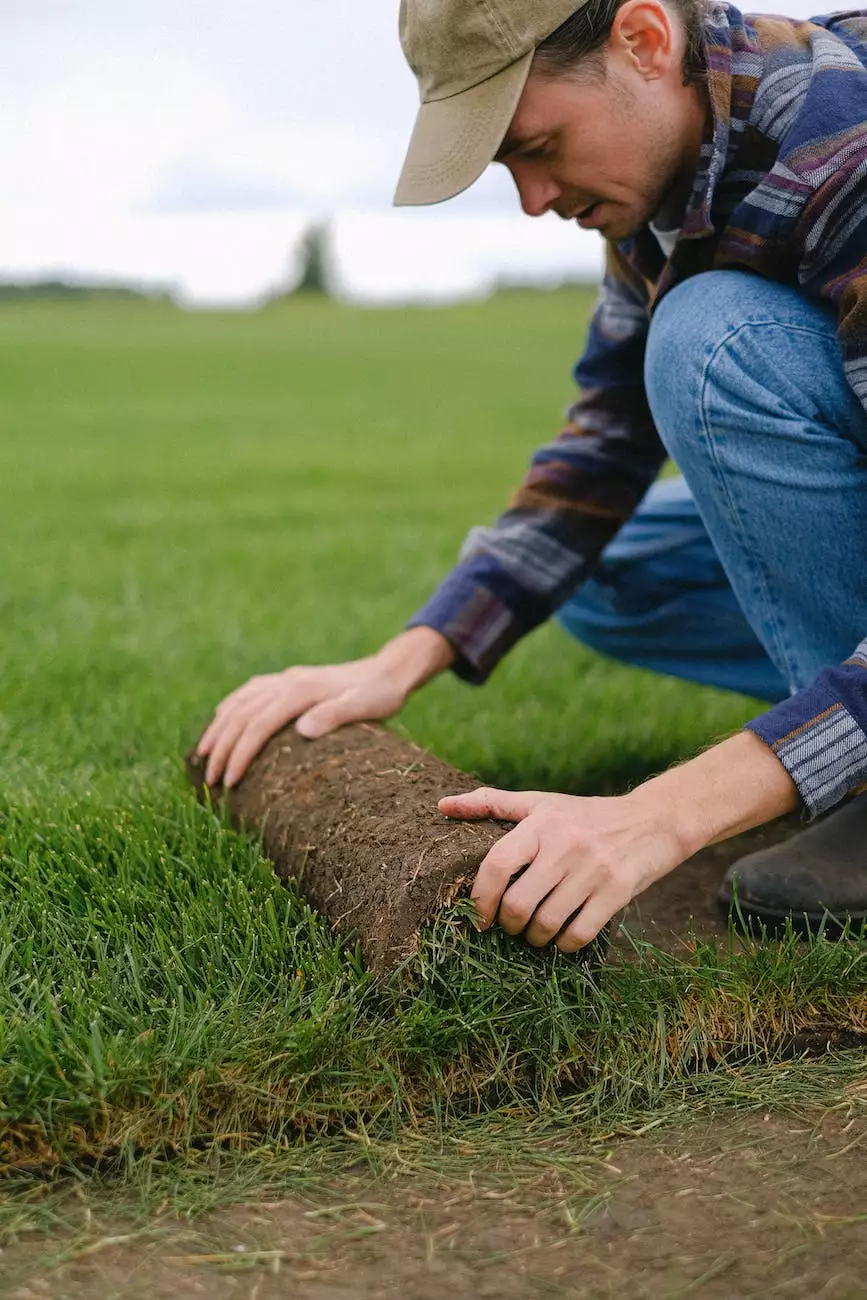MOLES IN THE GARDEN

Welcome to American Pond & Gardens' gardening resources, where we provide you with expert advice and tips to keep your garden healthy and beautiful. In this article, we will discuss the common problem of moles in the garden and provide effective strategies to handle them.
Understanding Moles
Moles are small mammals that burrow underground, often causing damage to lawns, flower beds, and vegetable gardens. They have a pointed snout, strong forelimbs, and long, sharp claws, which enable them to tunnel through the soil. Moles primarily feed on insects, earthworms, and grubs found in the soil, making them beneficial in some cases. However, when their activity becomes destructive, it is important to take action.
Signs of Mole Infestation
Before implementing any control measures, it is crucial to confirm the presence of moles in your garden. Look out for the following signs:
- Raised tunnels or ridges on the soil surface
- Molehills or mounds of excavated soil
- Collapse of plant roots due to tunneling
- Wilting or yellowing of plants without any apparent cause
Preventive Measures
Prevention is key when it comes to dealing with moles. Here are some steps you can take to discourage mole activity:
- Regularly mow your lawn to keep the grass short, as moles prefer long grass for nesting.
- Keep your garden free of grubs and insects, as moles are attracted to areas with abundant food sources.
- Install underground barriers made of mesh or hardware cloth around vulnerable areas, such as flower beds or vegetable gardens.
Mole Control Methods
If preventive measures fail, it may be necessary to implement control methods to manage mole populations. Here are some effective techniques:
1. Trapping
Trapping is one of the most humane and effective methods of mole control. Choose high-quality mole traps and follow the manufacturer's instructions for proper placement and handling. Place the traps in active tunnels and regularly check them for captured moles.
2. Repellents
Repellents can help deter moles from your garden. Natural repellents like castor oil-based products or plants such as daffodils, marigolds, and alliums can be effective. Apply the repellents according to the instructions and reapply after rain.
3. Vibrating or Ultrasonic Devices
These devices emit vibrations or high-frequency sound waves that are unpleasant to moles, causing them to seek other areas. Place the devices near mole activity and ensure they cover the affected area adequately.
4. Flooding
In severe cases, flooding mole tunnels with water can be an option. However, this method may have limited effectiveness and can damage your garden in the process.
Professional Assistance
If your mole problem persists despite your best efforts, seeking professional assistance from a pest control expert specializing in mole removal is recommended. They have the expertise and knowledge to address mole infestations safely and effectively.
Conclusion
By understanding moles, implementing preventive measures, and utilizing effective control methods, you can successfully manage mole populations in your garden. Remember to assess the situation carefully, choose the appropriate control methods, and monitor the results. Happy gardening!










